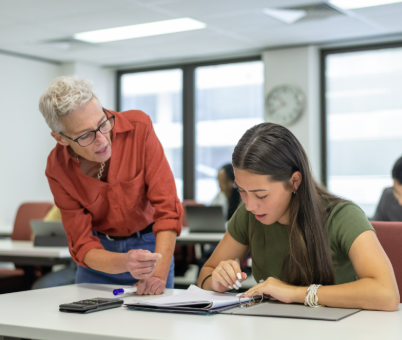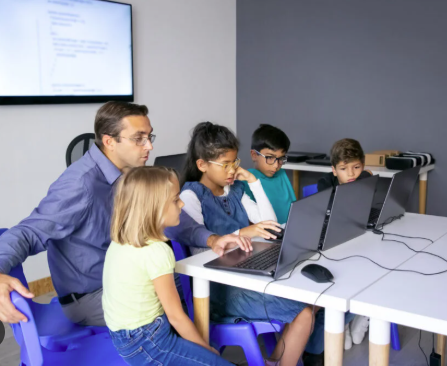In today’s dynamic classrooms, personalized learning has become a powerful approach to meeting students where they are. Teachers play a central role in making this approach successful by designing instruction that honors individual needs while fostering independence and growth. By creating supportive, flexible environments, educators can help students thrive academically and personally.
Understanding the Teacher’s Role
Personalized learning does not mean students are learning entirely on their own. Instead, it means educators are intentionally crafting experiences that reflect each learner’s strengths, interests, and pace. Teachers serve as facilitators, coaches, and mentors who guide students through customized learning paths.
Strategies Teachers Can Use
- Get to Know Each Student
Building relationships is the foundation of personalized learning. Teachers can use surveys, one-on-one conferences, and ongoing conversations to understand students’ goals, challenges, and preferences. - Offer Flexible Learning Paths
Allowing students to choose how they demonstrate their understanding—through writing, presentations, art, or digital tools—helps them stay engaged and take ownership of their learning journey. - Use Data to Inform Instruction
Formative assessments, classroom observations, and student reflections provide valuable insight. Teachers can adjust lessons and groupings based on real-time feedback to better support each learner. - Incorporate Student Choice and Voice
Giving students meaningful choices in topics, materials, or learning activities encourages curiosity and motivation. This empowers them to become active participants in their education. - Leverage Technology Thoughtfully
Educational technology can support personalized learning by offering adaptive content, tracking progress, and providing interactive resources. However, it’s important for teachers to ensure tech use is purposeful and balanced. - Foster a Growth Mindset
Teachers can support students by emphasizing effort, resilience, and continuous improvement. This helps learners embrace challenges and celebrate their personal progress.
Creating a Supportive Environment
A successful personalized learning experience requires a classroom culture that values respect, collaboration, and trust. Teachers can create this by setting clear expectations, encouraging peer support, and maintaining open lines of communication with families.
A Lasting Impact
When teachers actively support personalized learning, they help students become more confident, capable, and self-aware. These lifelong skills extend beyond the classroom and prepare learners for future challenges and opportunities.
In 2025 and beyond, teachers who lead with empathy, adaptability, and innovation will continue to shape learning environments where every student has the chance to succeed in their own way.














